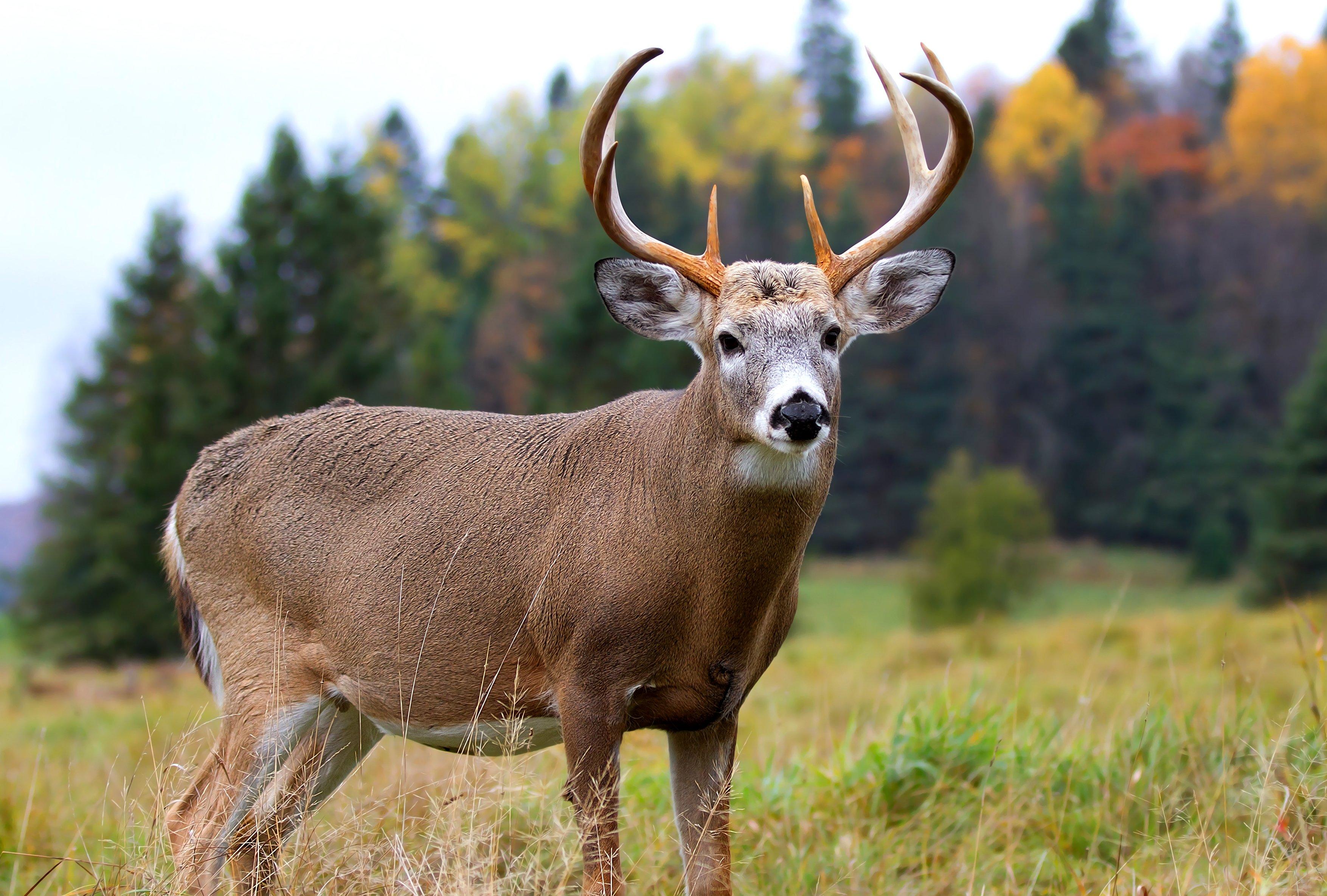105,000
Est. Whitetail Population
150,000 (includes whitetails, mule deer, and blacktails)
No. Licenses Sold Annually
$45.40
Resident hunting license and deer permit
$434.80
Non-resident hunting license and deer permit
200 3/8"
Taken by James Cartwright in Stevens County in 1992 and currently ranked No. 15 of all time.
Record B&C Typical Stat
24
Total B&C Typical Entries
242 4/8"
Taken by an unknown hunter in an unknown county in 1946 and currently ranked No. 207.
Record B&C Non-Typical Stat
41
Record B&C Non-Typical Entries

Check out the latest info for Washington. Image by Jim Cumming
Season Dates (2023):
Deer season dates are complex and vary by location. Still, archery season is usually in early September. Most gun hunters will go afield in mid- to late-October. The late general season is often in November. The disabled general season is late October. Youth season is in mid- to late-October. Check the state DNR’s WEBSITE to confirm season dates.
The Grade: B
Washington is home to blacktails, mule deer and white-tailed deer and offers a total deer population estimated at 360,000. Its expanding whitetail numbers are mainly distributed throughout the eastern third of the state, with the highest density in the northeast along the river bottoms, farmland, and timbered hills in Ferry, Stevens, Pend Oreille, Spokane, and Lincoln counties. Whitetails typically compose about 35% of the total deer harvest statewide, with most of that occurring on public ground.
The complexity of Washington’s UNIT SYSTEMS, deer seasons and hunting regs don’t bode well for its Antler Nation grade, though. Historically, it received an A, but we recently dropped its score to a C. The drop is mostly attributable to convoluted policies and rules but also steep nonresident license fees and a limited whitetail range. Not to mention declining harvests.
“Several management zones have experienced declining harvest trends in the last few years,” said Kyle Garrison, ungulate specialist with the Washington Department of Fish and Wildlife, presumably because of environmental conditions such as winter conditions or drought. “WDFW has responded to these trends by reducing antlerless special permit opportunities in some zones to encourage population recovery. Overall, WDFW anticipates similar overall harvest levels of deer throughout the state, but environmental conditions (that is, continued drought) may negatively impact populations and concomitant harvest trends.”
Antler Nation Knowledge:
If you want a Western-style whitetail hunt, it’s hard to pass on the Evergreen State. The Washington Department of Fish and Wildlife works diligently with private landowners to open private lands to public access. GO HERE to find enrolled tracts. There are also dozens of wildlife areas open to hunt, and THESE OFFER SOLID OPPORTUNITIES for deer hunters. Preliminary reports from agency biologists predict great public-land whitetail hunting in 2022.
“Public land in white-tailed management zones is often limited, but federal, state and publicly accessible (often via permit) private timberlands in northeastern Washington are good starting areas for pursuing white-tailed deer in Washington,” Garrison said. “As with most big-game hunting, a successful hunter is usually a prepared hunter. Time spent scouting, including gaining access to private land, almost always pays dividends when pursuing white-tailed deer. For area-specific suggestions on where to focus scouting and hunting efforts, check out the WDFW HUNTING PROSPECTS, usually published in August.”











